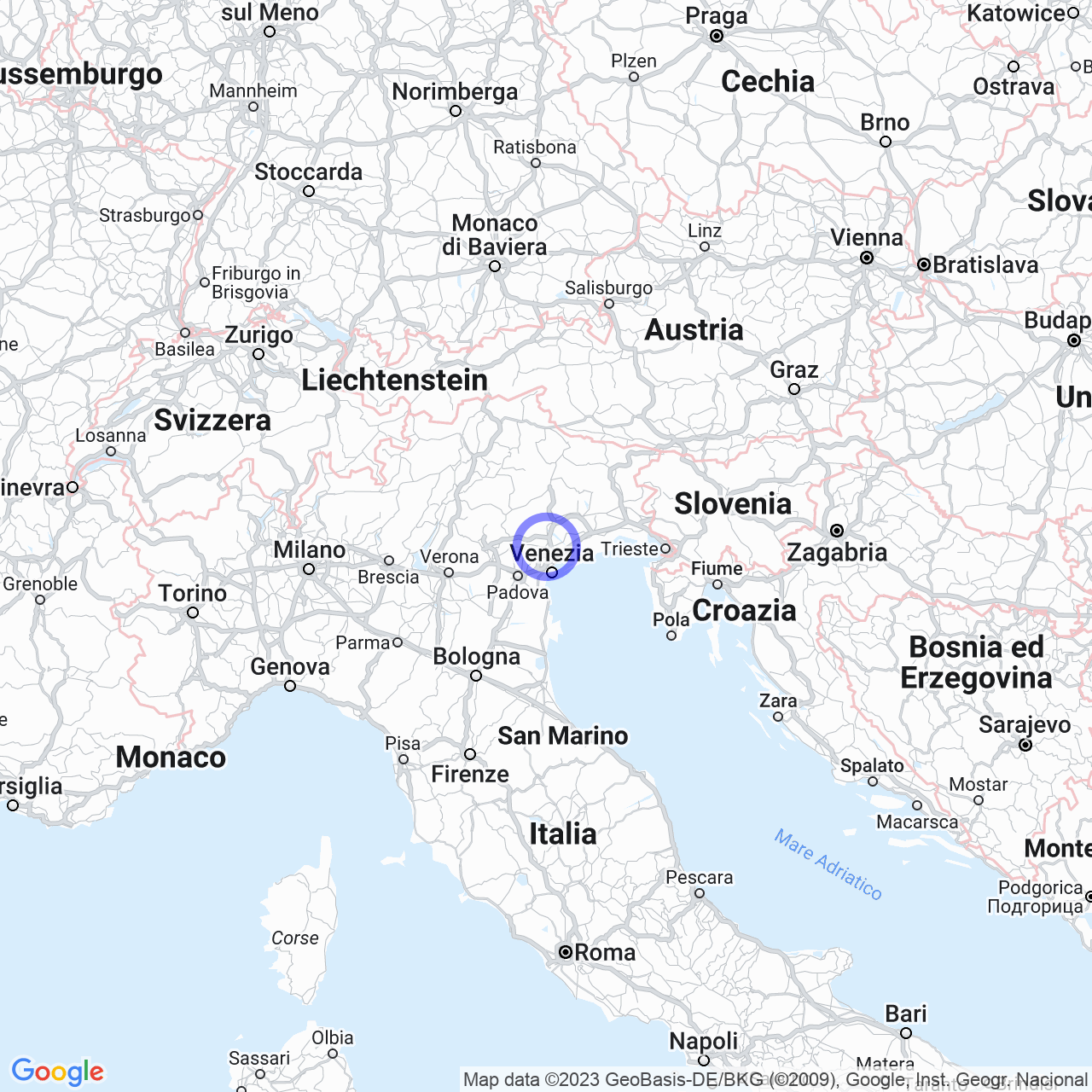Treviso
Discovering Treviso: a city with ancient charm
Treviso is an Italian city located in the Veneto region, about 30 km from the capital Venice. With its 84,613 inhabitants, it is the fifth largest municipality in the region by population, and the first in the province of Treviso. The city, of paleovenetian-pre-Roman origin, is located on three hills near the Sile river in an area characterized by numerous springs.
Physical geography
The territory of Treviso is rich in water resources, with numerous springs locally known as "fontanassi." The main river is the Sile, which receives the waters of the "cagnani" of the Botteniga, another important spring watercourse. Other tributaries of the Sile include the Storga, the Limbraga, and the Dosson. The soil of Treviso is composed of fine, sandy-loam materials, with an irregular distribution of various stratigraphic levels due to the frequent deviations and variations in the course of the rivers. The minimum altitude is 6 meters above sea level, while the highest point reaches 31 meters above sea level.

Climate
The climate of Treviso is subcontinental, with moderately cold winters and hot, humid summers. Minimum temperatures in the winter quarter are often below zero, with frequent freezes.
History
Origins of Treviso
The origins of Treviso date back to prehistoric times, but it was the paleovenetian people who founded the first communities in the city. The ancient Venetians were nomads, but with the arrival of the Romans, the city became an important commercial center and a hub of the road network, such as the Via Postumia, and waterways. In the 6th century AD, Treviso was invaded by the Lombards, who held it under their control until the arrival of the Franks.
Middle Ages and Renaissance
During the Middle Ages, Treviso became an important commercial center, thanks to its strategic location near Venice. In the 13th century, it was fortified with walls and towers, which are still visible today. In the Renaissance, the city enjoyed a period of prosperity, with the arrival of Venetian domination. During this period, numerous palaces, churches, and monasteries were built, all of great historical and artistic interest.
Modern and contemporary age
With the arrival of Napoleonic domination, Treviso underwent a period of severe crisis, and only in the 19th century did it regain its prosperity thanks to industrialization. During the 20th century, the city experienced a period of rapid urban development, with the construction of new residential neighborhoods and the improvement of infrastructure.
Culture
Art and architecture
The city of Treviso offers a vast artistic and architectural heritage, visible in numerous palaces, churches, and monasteries. Among the most important works of art in the city is Giorgione's masterpiece, the famous painting "The Tempest," displayed at the Civic Museum. Other places of interest include the Palazzo dei Trecento, the seat of the municipality, and the Monastery of Santa Caterina, with its 14th-century frescoes.
Food and wine
Treviso's cuisine focuses on local products, such as the red radicchio of Treviso, famous all over the world for its unique flavor. Other culinary specialties include tiramisu, Prosecco, and Cabernet wine.
Events
One of the most important events in Treviso is the San Zeno Fair, which takes place in the first half of September, during which shows and concerts are organized. Another prominent event is the Treviso Carnival, with its masks and fire performances.
Conclusions
Treviso is a city with ancient charm, with a vast artistic and cultural heritage. The city offers numerous places of interest, including palaces, churches, and museums. The local cuisine focuses on the products of the territory, while events such as the San Zeno Fair and the Treviso Carnival attract visitors from all over the world.
